Transform Your Space: The Ultimate Guide to Choosing PVC Wall Cladding for Modern Interiors
In contemporary interior design, the demand for versatile and sustainable materials has surged, with PVC wall cladding emerging as a leading choice for transforming spaces. According to a recent report by ResearchAndMarkets, the global PVC wall cladding market is projected to reach approximately $6 billion by 2026, driven by its exceptional durability, aesthetic appeal, and low maintenance requirements. This trend reflects a growing preference among homeowners and designers for materials that not only enhance the visual aspect of interiors but also contribute to sustainability efforts. As the interior design landscape evolves, understanding the advantages of PVC wall cladding can empower consumers to make informed decisions that elevate their living spaces, blending functionality with modern aesthetics.

Selecting the Right PVC Wall Cladding: Key Factors to Consider
When selecting PVC wall cladding for modern interiors, several key factors play a crucial role in ensuring you make the right choice. Firstly, consider the environment in which the cladding will be installed. For areas like kitchens and bathrooms, opt for water-resistant options that can withstand humidity and moisture. According to a report by MarketsandMarkets, the global PVC wall cladding market is expected to reach USD 24.19 billion by 2025, signifying a growing demand for durable and versatile materials in interior design.
Another important aspect is the aesthetic appeal and texture of the PVC cladding. With advancements in technology, today's PVC panels come in a variety of colors, finishes, and designs that can cater to diverse tastes. A recent survey indicated that 67% of homeowners prioritize design and style when choosing cladding materials, demonstrating the significance of visual impact in modern interior spaces. Moreover, ensure to check the product’s fire rating and environmental certifications, as sustainability and safety standards become increasingly significant in the building materials industry.
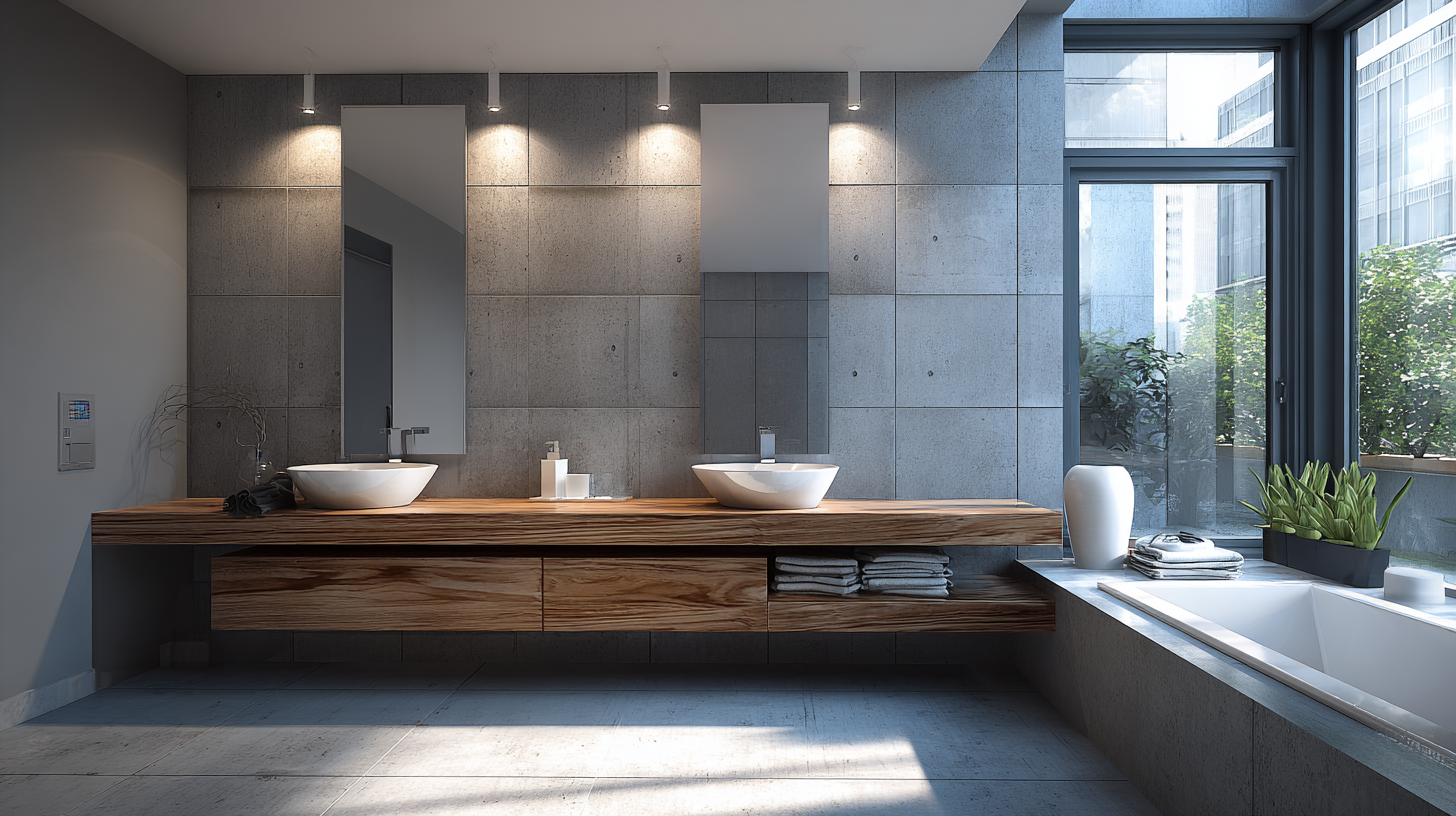
Exploring Design Styles: Matching PVC Cladding with Your Interior Theme
When selecting PVC wall cladding for modern interiors, it's essential to align it with your overarching design theme. According to a study by the National Association of Home Builders, approximately 70% of homeowners believe that the aesthetic appeal of a space significantly influences their mood and well-being. Therefore, the choice of cladding not only impacts durability and maintenance but also enhances the overall design cohesion within a space.
For contemporary settings, minimalist styles often favor smooth, glossy PVC finishes that reflect light and create a sense of openness. In contrast, rustic or industrial themes benefit from textured or wood-effect PVC panels that evoke warmth and character. The global market for wall cladding materials is projected to reach $32 billion by 2023, showcasing the growing popularity and versatility of PVC options. This versatility enables homeowners and designers to experiment with various colors, patterns, and finishes, ensuring that the cladding complements the selected interior style seamlessly.
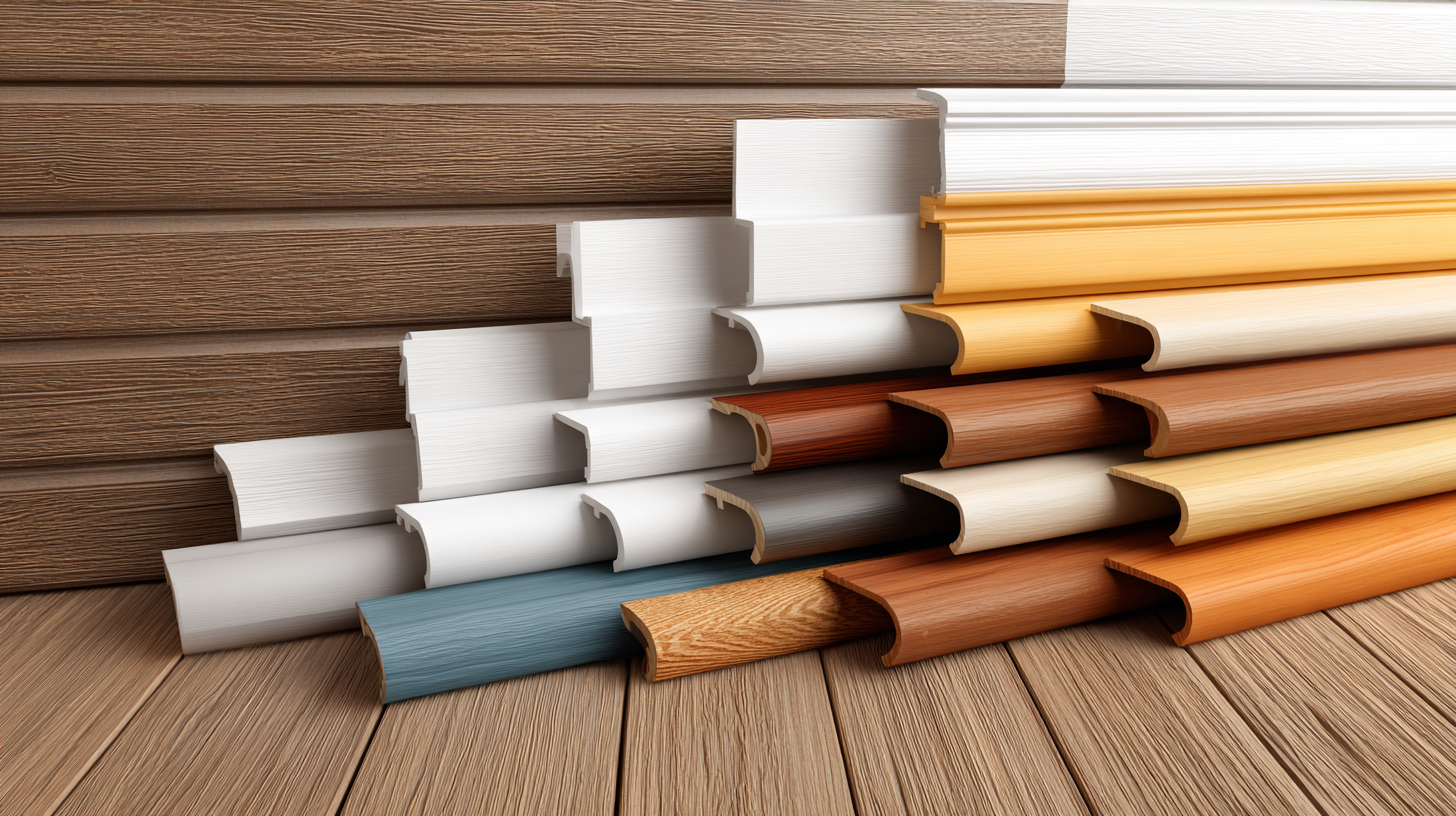
Understanding Installation Techniques for PVC Wall Cladding
When it comes to installing PVC wall cladding in modern interiors, understanding the various installation techniques is essential for achieving a flawless finish. PVC wall panels are not only versatile and stylish but also relatively easy to install, making them a popular choice for DIY enthusiasts and professional contractors alike. Before starting the installation process, it’s crucial to prepare the wall surface. Ensure that it is clean, dry, and free from any imperfections. Depending on the existing wall type, you may need to use a backer board to create a smooth mounting surface.
Once the preparation is complete, the next step involves measuring and cutting the panels to fit snugly against the walls. Using a professional-grade adhesive or screws, secure the panels in place, taking care to maintain even spacing and alignment for a polished appearance. If you're working on a bathroom, consider the humidity and moisture factors; using waterproof adhesives can further enhance the longevity of your installation. With the right techniques, installing PVC wall cladding can dramatically transform your space, offering a perfect blend of aesthetics and functionality.
Transform Your Space: The Ultimate Guide to Choosing PVC Wall Cladding for Modern Interiors
| Feature | Description | Installation Technique | Maintenance Tips |
|---|---|---|---|
| Water Resistance | PVC cladding is highly resistant to moisture, making it ideal for kitchens and bathrooms. | Use a locking system for an easier installation process. | Wipe with a damp cloth; avoid abrasive cleaners. |
| Easy Maintenance | Requires minimal upkeep compared to traditional materials. | Adhesive bonding for seamless appearance. | Regularly clean with mild detergents. |
| Variety of Designs | Available in numerous colors, textures, and finishes. | Pre-cut panels speed up installation time. | Check for any loose edges or seams. |
| Cost-Effective | More affordable than traditional wall materials. | Begin with wall preparation for optimal results. | Perform inspections annually. |
| Durability | Resistant to scratches, impacts, and fading over time. | Fasten with screws for lasting results. | Replace any damaged panels immediately. |
Maintaining Your PVC Wall Cladding: Tips for Longevity and Care
When it comes to maintaining your PVC wall cladding, longevity and care are essential for preserving its aesthetic and functional qualities. Regular cleaning is a straightforward yet crucial practice. Use a mild detergent mixed with water and a soft cloth to wipe down the surfaces, ensuring that dust and grime don’t accumulate. This simple routine not only keeps your walls looking fresh but also prevents long-term damage from dirt buildup.
Additionally, consider the environment around your PVC cladding. If it’s installed in a high-humidity area, such as a bathroom or kitchen, ensure proper ventilation to minimize moisture that could lead to mold or mildew. It’s also wise to inspect the cladding periodically for any signs of fading or wear, especially if exposed to direct sunlight. By taking these proactive measures, your PVC wall cladding can remain a stylish and durable feature of your modern interior, much like other elements in your home that require thoughtful maintenance for lasting beauty and resilience.
Identifying Cost Factors: Budgeting for Your PVC Wall Cladding Project
When embarking on a PVC wall cladding project, a keen understanding of the cost factors involved is paramount for budgeting effectively. According to a report from MarketsandMarkets, the global market for PVC wall coverings is expected to grow at a compound annual growth rate (CAGR) of 5.3% from 2021 to 2026, highlighting a rising trend in demand for affordable and durable interior solutions. Factors such as material quality, brand reputation, and installation complexity can significantly influence the overall expenditure.
Material costs typically range from $1.50 to $5.00 per square foot, depending on the design and finish. Additionally, installation fees can add another $2.00 to $4.00 per square foot. A comprehensive report by Grand View Research indicates that labor costs can account for approximately 35% of the total budget, making it essential to factor in professional help for a seamless installation. Furthermore, considering the long-term benefits of PVC cladding, such as reduced maintenance expenses and enhanced durability, the initial investment can yield significant savings over time. This understanding enables homeowners and designers to allocate resources wisely and achieve the best value for their cladding projects.
Related Posts
-
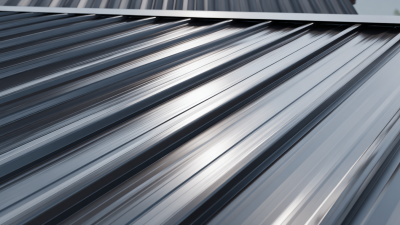
10 Essential Facts About Cladding Sheet You Need to Know
-
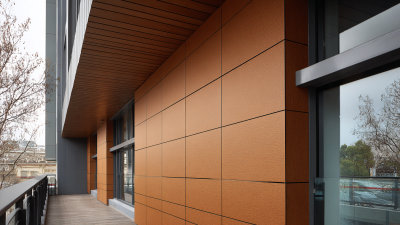
Transform Your Space with Innovative Wall Composite Cladding Solutions
-

Revolutionizing Construction: The Rise of Composite Cladding Panels in Modern Architecture
-
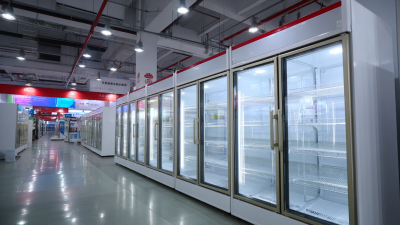
Future of Freezer Panels Industry Highlighted at the 138th China Import and Export Fair in 2025
-

Revolutionize Your Space: The Ultimate Guide to Innovative Cooler Panels for Every Need
-

Exploring Composite Windows Market Trends at the 138th Canton Fair 2025 with Key Industry Insights